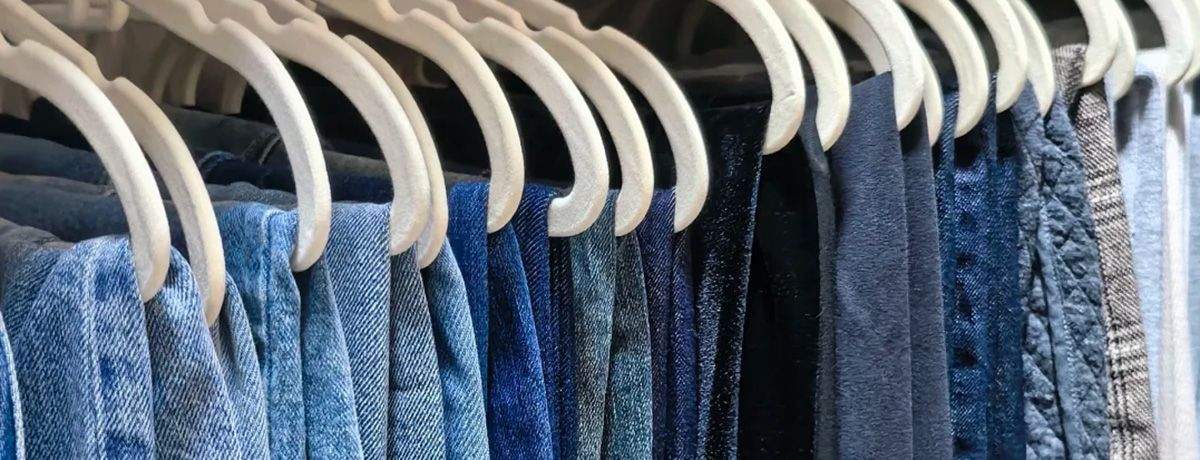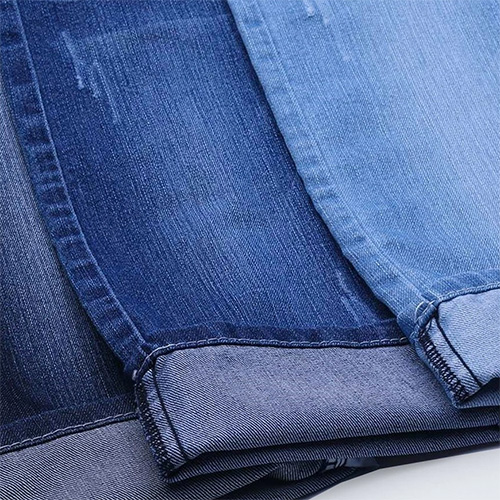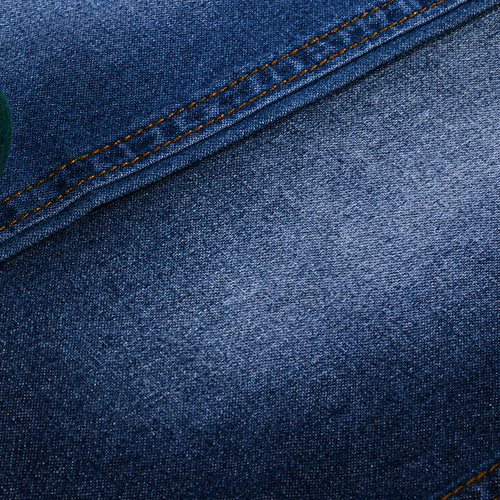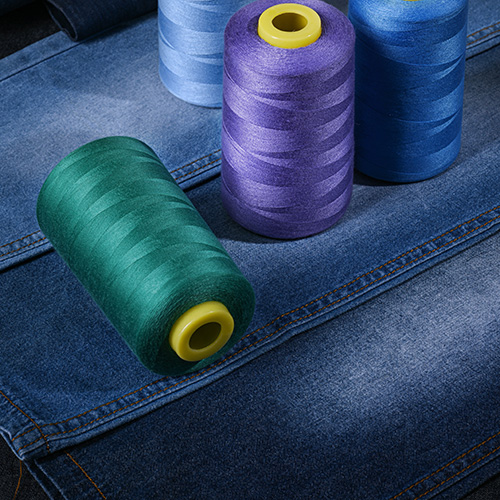How to Select the Perfect Denim Materiał for Your Wardrobe

Introduction: The Secret Behind Your Favorite Jeans
Discover how to select the perfect denim material for your wardrobe. When it comes to jeans, not all fabrics are created equal. The weight, weave, and fiber content of denim determine how your jeans look, feel, and age over time. Whether you love rugged classics, sleek skinnies, or eco-friendly options, learning about denim materials will help you make smarter choices for style, comfort, and durability.
What Is Denim Fabric?

Denim is a cotton twill fabric, traditionally woven with indigo-dyed warp yarns and lighter weft yarns. This unique structure gives denim its signature diagonal ribbing, durability, and ability to fade beautifully with wear.
Today, denim material is not limited to 100% cotton—it often includes spandex (elastane) for stretch, or polyester for added strength. These innovations have expanded denim’s versatility across fashion, workwear, and lifestyle apparel.
Key Factors to Consider When Choosing Denim
1. Fabric Weight
-
Lightweight (8–10 oz): Comfortable for shirts, dresses, and summer jeans.
-
Midweight (11–13 oz): The most common for everyday denim jeans.
-
Heavyweight (14–16 oz): Durable and rugged, perfect for workwear or heritage jeans.
???? Tip: For daily comfort, midweight denim is the most versatile.
2. Stretch Level
-
Non-Stretch Denim: 100% cotton, rigid and traditional. Ages with high-contrast fades.
-
Stretch Denim: Blends cotton with 1–8% elastane. Adds comfort and flexibility.
-
Super Stretch Denim: Up to 12% elastane. Perfect for skinny or body-hugging fits.
???? Tip: If you value comfort and movement, choose denim with some stretch.
3. Weave Type
-
Right-Hand Twill: Classic diagonal lines; creates strong fades.
-
Left-Hand Twill: Smoother texture and softer handfeel.
-
Broken Twill: Prevents twisting in jeans; adds comfort.
???? Tip: Right-hand twill is the most common, but left-hand twill feels softer on the skin.
4. Sustainability
-
Organic Cotton Denim: Grown without chemicals, softer and eco-friendly.
-
Recycled Cotton Denim: Made from textile waste, reducing water and energy use.
-
Eco Finishes: Low-impact dyeing and washing processes.
???? Tip: If sustainability is part of your lifestyle, opt for organic or recycled denim.
Popular Types of Denim Material
-
Raw Denim: Unwashed and untreated, develops unique fades over time.
-
Selvedge Denim: Woven on shuttle looms with self-finished edges, a mark of premium quality.
-
Colored Denim: Black, grey, or fashion-forward shades beyond classic blue.
-
Stretch Denim: Everyday comfort for modern fits.
Sizing and Fit: Finding Your Perfect Match

When it comes to denim fabric, achieving the right sizing and fit is just as important as choosing the perfect style or color. The way denim is constructed—using tightly woven warp and weft threads—plays a significant role in how the fabric drapes, stretches, and ultimately fits your body. The warp threads run lengthwise, providing structure and strength, while the weft threads run across, contributing to the fabric’s signature twill pattern and flexibility.
To create clothing or accessories that truly fit, it’s essential to consider both the intended use and the specific properties of the denim fabric. For example, if you plan to manufacture durable jeans for workwear or motorcyclists, selecting a heavyweight denim with reinforced construction will offer greater protection and longevity. On the other hand, if your goal is to design stylish accessories or lightweight summer clothing, a softer, lighter denim fabric may be the better choice.
Sizing can vary between denim manufacturers, so it’s always wise to consult the sizing chart provided on the brand’s page or via their http link. This additional information ensures you select the right fabric width and weight for your project, whether you’re working with raw, stretch, or selvedge denim. Edited guides and resources from industry leaders like Woodhead Publishing highlight that proper sizing and fit are critical in the design and manufacture of denim clothing, helping you avoid costly mistakes and achieve the best results.
As you navigate this section and use the pp (pages) to explore further, remember that understanding the relationship between denim fabric construction, sizing, and fit will empower you to create clothing and accessories that not only look great but also feel comfortable and last longer. Use this knowledge to select the perfect denim for your next project, and stay tuned for our deep dive into the different types of denim fabrics available.
People Also Ask (FAQ)
What material is denim made of?
Denim is primarily made from cotton, woven in a twill structure. Modern denim may also include spandex for stretch and polyester for durability.
How many types of denim fabric are there?
There are at least five major types: raw denim, stretch denim, selvedge denim, organic/recycled denim, and colored denim. Each type offers a different balance of style, comfort, and performance.
Conclusion: Choose Denim That Works for You

The perfect pair of jeans starts with the right denim material. By considering weight, stretch, weave, and sustainability, you can choose fabrics that suit your lifestyle—whether you need rugged durability, flexible comfort, or eco-friendly style.
???? Ready to upgrade your denim? At MH, we supply premium denim fabric, jeans buttons, and sewing thread—a one-stop solution for denim lovers and manufacturers alike. Contact us today to explore swatches and bulk options for your next denim project.



